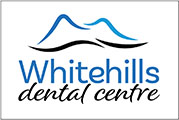Dental Services at your London Dentist
Whitehills Dental CentreOur Services at Whitehills Dental Centre
For Everyone In Your Family
Click the services below to learn more.
Amalgam – Free Restorative Dentistry
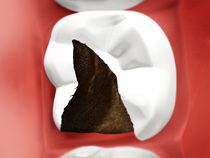
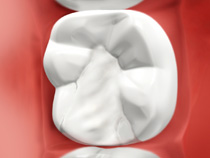
Tooth-Coloured Composite Restorations
Composite fillings are virtually undetectable and require only a single appointment to apply.
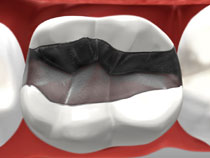
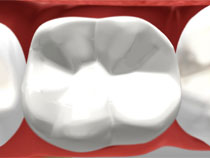
Bridges
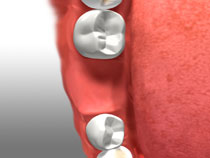
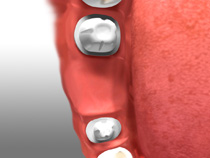
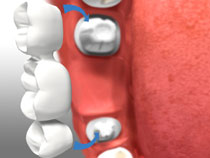
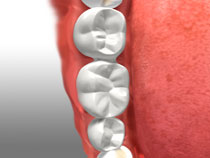
Crowns
Sometimes referred to as “dental caps,” Whitehills Dental Centre uses crowns to improve the appearance and health of your smile. If you’re suffering from teeth that are chipped, discoloured, or have decay or breakage, consider crowning those teeth as a way to get that strong, beautiful, and natural-looking smile that you want.
Ever wondered what the difference is between a crown and a filling , dental inlay, or dental onlay? Crowns cover the entire tooth from the gum line up—so in essence, a crown becomes your new tooth surface because it completely envelopes it. On the other hand, fillings, inlays, and onlays only cover or fill a portion of the tooth, so your natural tooth surface still shows alongside . One similarity that crowns and fillings do have, however, is that many times they can be created from similar materials like porcelain, ceramic, or even gold alloy. Not sure which material makes the most sense for your crown? Ask Whitehills Dental Centre to tell you more about your crown options.
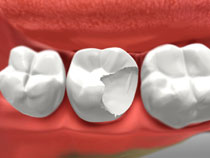
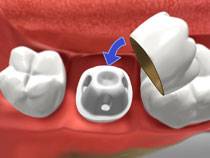
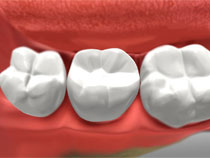
Extractions
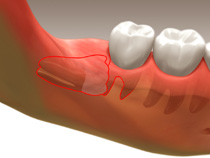
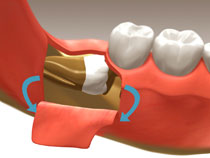
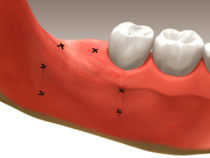
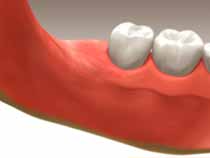
Full Mouth Restoration
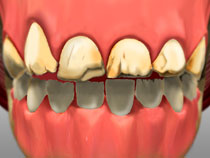
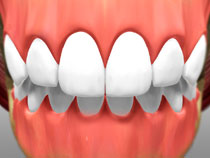
Hygiene Services
Regular oral examinations and routine cleanings are just a few of the general care services offered at our practice. To help keep your teeth and gums healthy, we’re also happy to recommend and provide preventative hygiene services like fluoride treatments, treatments aimed at remedying gum disease, and even professional breath control treatments.
Contact us to set up your appointment.
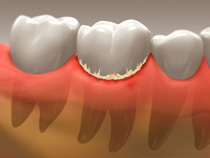
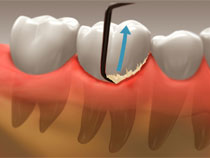
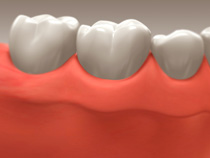
Implant Restoration
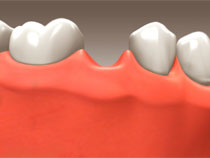
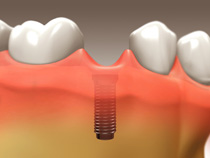
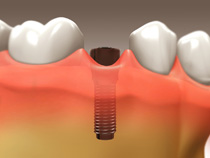
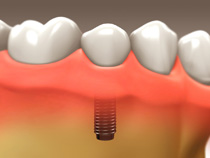
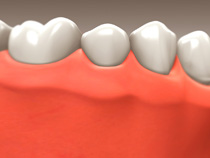
Invisalign® Invisible Braces
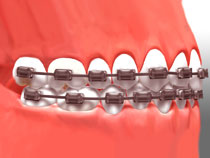
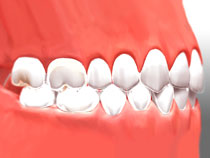
iTero Scanner
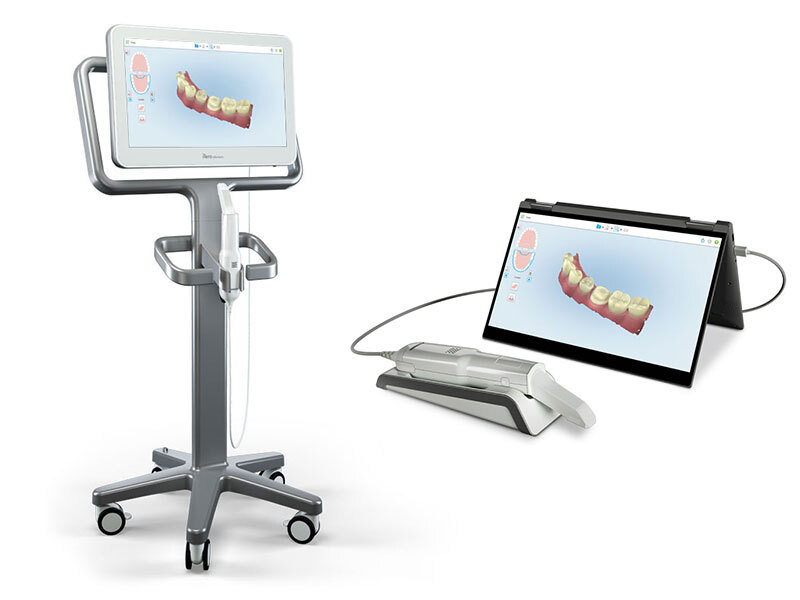
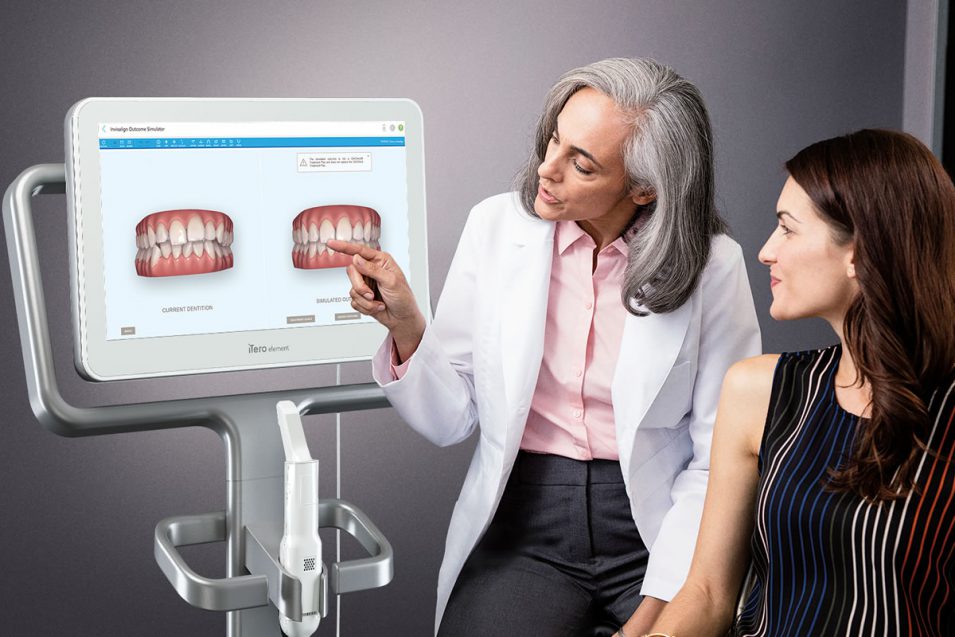
Orthodontics & Orthopedics
Orthopedics is typically the first step in the process of remedying maloccluded (e.g. crowded or improperly aligned) teeth in children—and in some cases, the right orthopedic treatment can actually negate the need for orthodontic treatment entirely. Functional orthopedics are typically short-term, removable therapies—like retainers or similar devices—aimed at promoting appropriate facial growth and jaw structure. Orthopedics deal with both genetic malocclusion and the much more common environmental malocclusion –related to poor tongue position, allergies, enlarged tonsils, or even mouth breathing.
Early orthopedic treatment can increase the chances for normal development, and can also discourage potentially destructive behaviors (like mouth breathing) before they turn into habits or have a negative influence on other aspects of your child’s life, like their sleep.
Orthodontics, on the other hand, typically involves bonding braces to the teeth as a way to gradually move the tooth into a straighter, less crowded pattern. Unlike orthopedics, orthodontic devices are semi-permanent and may need to be work for months or years to achieve the desired result.
Non-Surgical Gum Therapy
The top three non-surgical gum disease treatments are local medication, curettage, and root-planing. All can be done in our office, and you may be given local anesthesia to keep you more comfortable. No matter which treatment or combination of treatments your dentist chooses, keep in mind that the treatment will likely take place over time, as your dentist tries a treatment and then assesses its effectiveness.
Non-Surgical Gum Treatment Options
Localized medication: Once the area of bacteria and plaque accumulation below the gum line has been identified, medication may be administered directly into the affected areas as a first step toward thwarting the gum disease.
Curettage: When your gum is diseased, the tissues around your tooth can show signs of chronic irritation and inflammation. In the process of curettage, we will remove the infected gum tissue so that new, healthy gum tissue can grow.
Root-Planing: Sometimes, gum disease affects the surface of your tooth’s root. Root-planing is when we give your soft tissue a chance to heal from its disease by removing and smoothing small amounts of the infected root surface.
If the treatments described above do not sufficiently address your gum disease, Whitehills Dental Centre may make a referral to a periodontist, who would be able to surgically remove the diseased tissue so that proper healing could occur.
Porcelain Inlays/Onlays


Porcelain Veneers
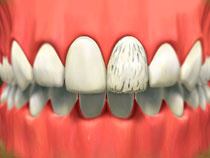
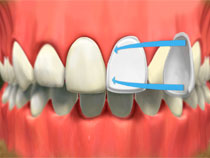
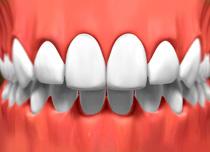
Root Canal Therapy
During the procedure, a gap is drilled into the tooth’s crown and pulp chamber, diseased pulp is reshaped or removed, and the tooth is permanently sealed with a gold, porcelain, or tooth-coloured inlay/onlay or crown.
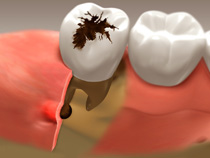
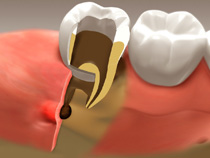
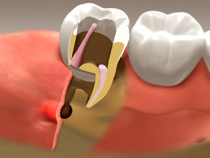
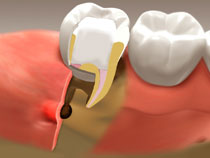
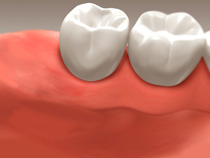
Sedation
General Anesthesia
Also called sleep dentistry, general anesthesia can relieve pain and anxiety by making a patient unconscious during dental procedures. For patients with intense dental fear or those who need major dental procedures, sleep dentistry presents an option that is both comfortable and practical.
If you and the dentist determine that your case is right for sleep dentistry, the dentist may use oral medication or IV sedation. Sleep dentistry has helped many patients overcome the barriers created by profound anxieties about dental procedures that stand in the way of optimal oral health.
Oral Conscious Sedation
To relieve the very real and often debilitating anxiety associated with dental phobia, we also offer oral conscious sedation, known as sedation dentistry. Patients who feel stressed about dental work, as well as those who need multiple procedures performed in one visit, benefit from conscious sedation.
The procedure involves taking an oral sedative prior to your visit, then receiving nitrous oxide (laughing gas) to supplement the sedative’s effects. Your vital signs and comfort level are keenly monitored throughout your visit.
Nitrous Oxide and how does it work?
Commonly referred to as laughing gas, nitrous oxide is used in surgery and dentistry for its pain blocking and reducing effects. It is known as “laughing gas” due to the euphoric effects of inhaling it. The administration of nitrous oxide is used to enhance patient comfort and relieve anxiety for patients of all ages. The gas (a nitrous oxide and oxygen mixture) is inhaled through a face mask. The amount of gas that you receive is monitored and controlled by the dentist to ensure your safety. You will begin to relax and will not recognize pain, so the dentist can perform your dental work while you stay completely comfortable. The effects of nitrous oxide decrease once the mask is removed, such that if the gas is the only anesthesia that you receive, you will very likely be capable of driving yourself home following the visit and can continue your daily activities as normal.
Teeth Whitening
Are you happy with the colour of your smile when you look in the mirror? If ugly stains caused by coffee, tobacco, tea, soft drinks, or even wine have turned your white smile dull, you’ll be happy to know that there are a variety of teeth whitening options available. From custom whitening kits to in-office whitening procedures, Whitehills Dental Centre can discuss what options are available and help you to determine which one is right for your needs.
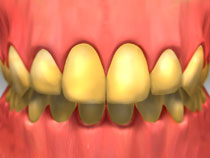
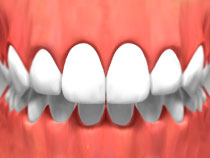
TMJ (TMD) Therapy
Inability to open wide or move from side to side comfortably
Neck and shoulder pain
Ear pain, hearing loss
Ringing in the ears
Clenching, night grinding
Clenching, night grinding
Chronic fatigue
Chronic Temporal or occipital headache
Meaningful treatment begins with proper diagnosis. We will do a thorough evaluation of your problem to determine the best way that we can help and the appropriate therapy.
